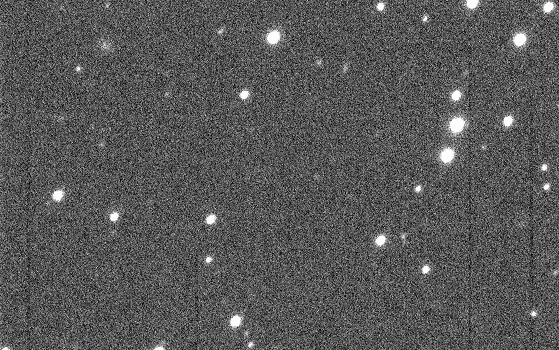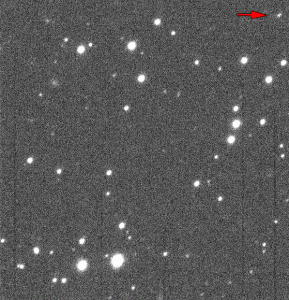
The Pan-STARRS-1 telescope, located on the top of Haleakala Crater in Maui, has detected the 10,000th Near-Earth object (NEO) named 2013 MZ5, on June 18. The PanSTARRS survey, managed by the University of Hawaii, has been funded by NASA.
“Finding 10,000 near-Earth objects is a significant milestone,” said Lindley Johnson, program executive for NASA’s Near-Earth Object Observations (NEOO) Program. “But there are at least 10 times that many more to be found before we can be assured we will have found any and all that could impact and do significant harm to the citizens of Earth.”
Asteroid 2013 MZ5 is approximately 300 meters across and has a well-understood orbit, so scientists know that it does not not represent a potential threat to Earth. The 98 percent of all near-Earth objects discovered so far were detected by NASA-supported surveys and in the last decade, 76 percent of the NEO discoveries have been made. About 10 percent of the 10,000 asteroids discovered so far, are larger than one kilometer which is the minimum size that could produce catastrophic consequences in case of an impact on Earth. However, according to the NASA NEOO program, none of these large NEOs currently present a threat to our planet and there are probably only a few dozen more still to discover. The vast majority of NEOs are smaller than one kilometer. A NEO hitting Earth starts posing a serious threat to populated areas when larger than 30 meters. Almost 30 percent of the 140-meter-sized NEOs have been detected, but less than 1 percent of the NEOs measuring 30-meters have been found.
The current discovery rate of NEOs is currently about 1,000 per year, and along with the Pan-STARRS survey the major NEO discovery teams are the University of Arizona’s Catalina Sky Survey and the Massachusetts Institute of Technology’s LINEAR survey. All of these surveys receive their funding from the NASA NEOO program and report their observations to the Minor Planet Center (MPC). The MPC is the central authority that gives unique designations to the newly discovered objects and then calculates their orbits.
NASA’s goal is to extend the search to find and catalog 90 percent of the NEOs larger than 140 meters to reduce significantly the risk of unwarned Earth impact.


















































































































![A trajectory analysis that used a computational fluid dynamics approach to determine the likely position and velocity histories of the foam (Credits: NASA Ref [1] p61).](http://www.spacesafetymagazine.com/wp-content/uploads/2014/05/fluid-dynamics-trajectory-analysis-50x50.jpg)



Leave a Reply